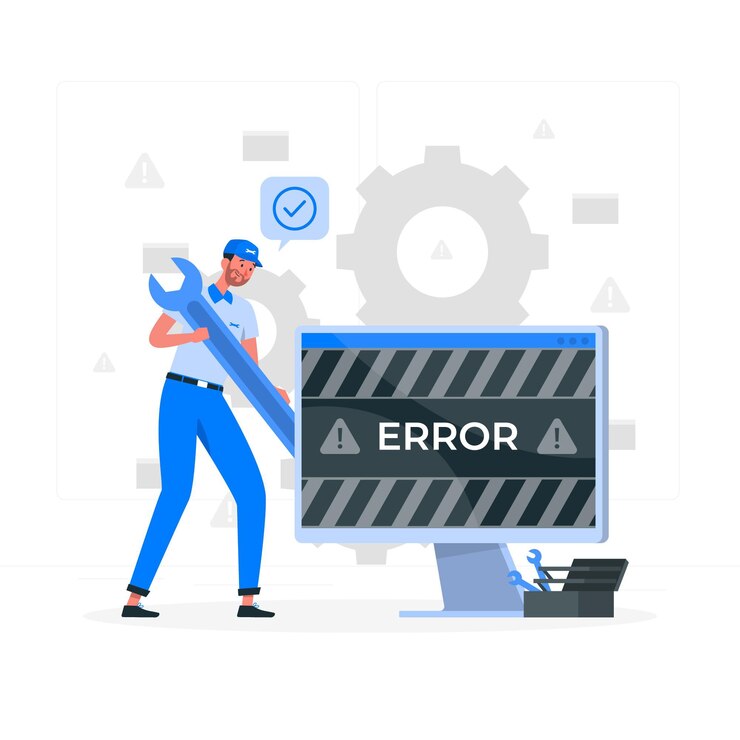Encountering errors in software development or 3D modeling workflows can be frustrating, especially when they hinder your progress. One such error that may arise when using the Blender app with the BLOSM (Blender OpenStreetMap) add-on is the message: “blosm ‘blenderapp’ object has no attribute ‘init3dtiles‘.” This error suggests that the application is attempting to access a property or method that does not exist. In this article, we will explore the possible causes of this issue and guide you through effective solutions to resolve it.
Understanding the Error
This error typically occurs when the BLOSM add-on or a related plugin fails to initialize a specific function or attribute, such as init3dtiles. The function might be responsible for rendering 3D tiles or integrating geospatial data into Blender. Reasons for the error include:
- Version Incompatibility: The add-on might not be compatible with the current version of Blender.
- Improper Installation: There might be issues with the installation of the BLOSM add-on, leading to missing or corrupt files.
- Code Changes or Bugs: Recent updates to the add-on or Blender could introduce bugs or deprecate certain functions.
- Dependency Conflicts: BLOSM may rely on external libraries or dependencies that are not correctly installed or updated.
Checking Compatibility Between Blender and BLOSM
Before delving into troubleshooting steps, ensure that the BLOSM add-on is compatible with your Blender version. Updates to Blender often introduce significant changes to its API, rendering older plugins or add-ons incompatible. Visit the BLOSM documentation or GitHub repository to verify supported Blender versions.
If the add-on is not compatible, you may need to:
- Downgrade to an earlier Blender version that works with the add-on.
- Look for updated versions of BLOSM that support your Blender version.
Reinstalling the BLOSM Add-On
Sometimes, a corrupted or incomplete installation can trigger errors. Follow these steps to reinstall BLOSM:
- Open Blender and navigate to the Preferences menu.
- Select the Add-ons tab.
- Search for the BLOSM add-on in the list and disable it.
- Remove the add-on by clicking the Remove button.
- Download the latest stable version of BLOSM from its official source.
- Reinstall the add-on by clicking Install, selecting the downloaded file, and enabling the add-on in Blender.
After reinstallation, test the add-on to see if the error persists.
Identifying and Resolving Dependency Issues
Many Blender add-ons rely on external Python libraries. If these libraries are missing or outdated, the add-on might fail to function correctly. To resolve dependency issues:
- Open Blender’s Python console or terminal.
- Use the
pippackage manager to install required libraries. For example:pip install some-libraryReplace
some-librarywith the name of the missing dependency, as indicated in the error logs. - Restart Blender to apply the changes.
If you are unsure which libraries BLOSM requires, consult its documentation or error logs.
Debugging Custom Scripts or Code Changes
If you are using a modified version of BLOSM or custom scripts, the error may stem from incorrect code. Inspect the scripts for references to init3dtiles. Check:
- Whether the attribute or method exists in the relevant codebase.
- If the method is called correctly with the required arguments.
For custom solutions, consider reverting to the default BLOSM configuration or seeking assistance from the add-on’s community forums.
Reporting Bugs and Seeking Support
If all else fails, the issue may be a bug in the BLOSM add-on. To report the bug:
- Collect relevant details, including your Blender version, BLOSM version, and steps to reproduce the error.
- Submit a bug report to the BLOSM GitHub repository or official support channels.
While waiting for a resolution, explore alternative add-ons or workflows for your project.
Conclusion
The “blosm ‘blenderapp’ object has no attribute ‘init3dtiles'” error can be resolved through systematic troubleshooting. Start by verifying compatibility, reinstalling the add-on, addressing dependency issues, and reviewing custom scripts. If necessary, report the issue to the developers for further assistance. By following these steps, you can restore functionality to your Blender and BLOSM setup and continue creating with confidence.
Also Read: Understanding and Setting Up Whomtobe/Clash-Tproxy
